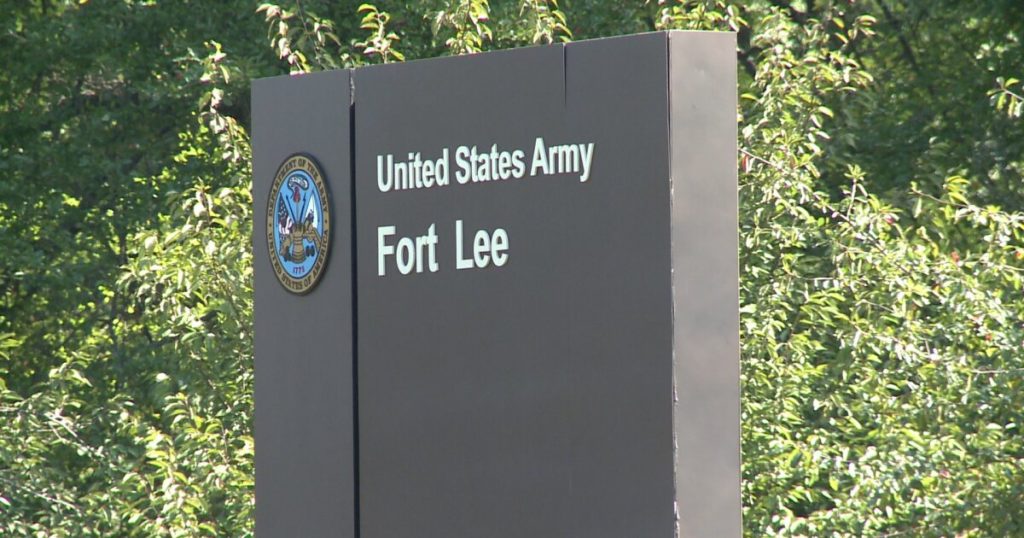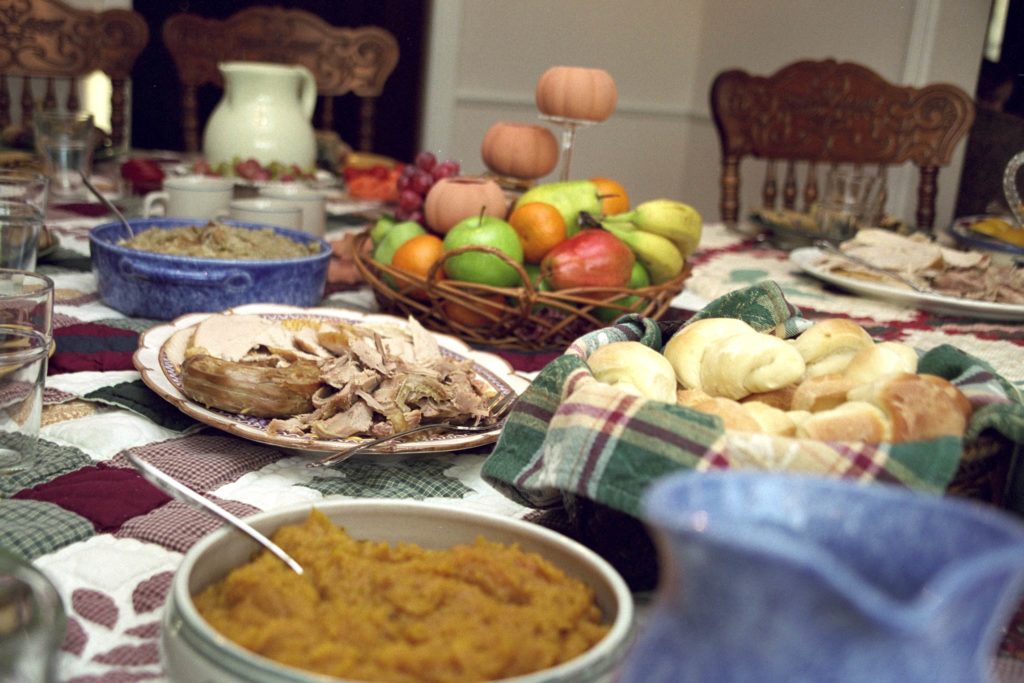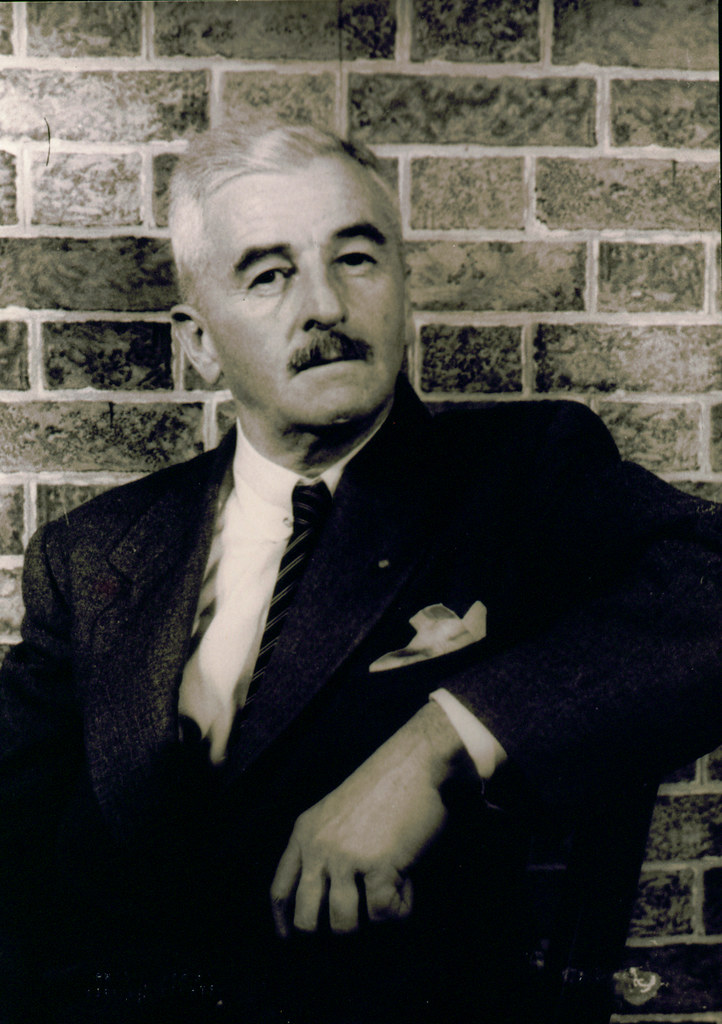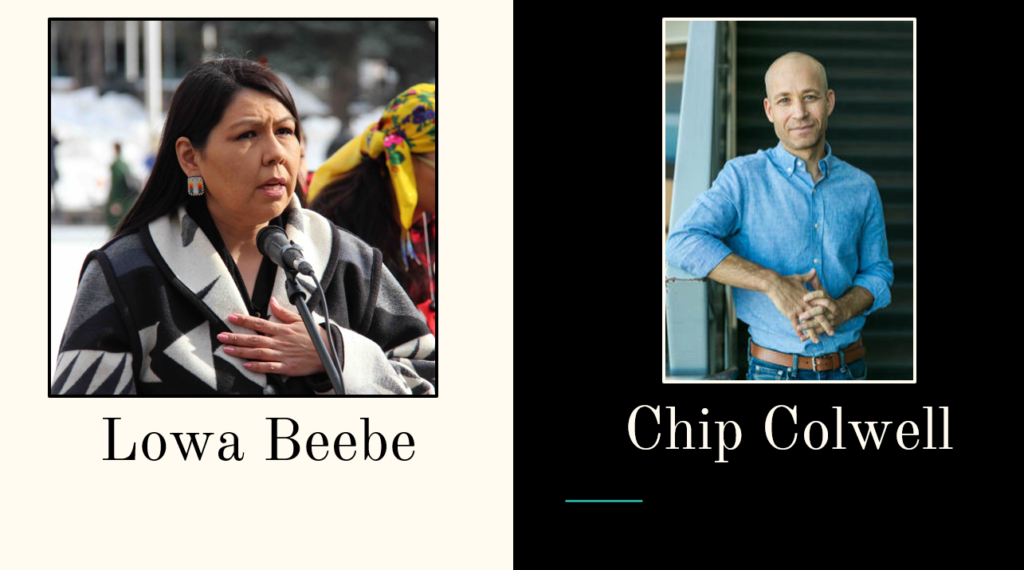The following essay appeared in the Holland Sentinel on January 29, 2023. I wrote it in response to several actions taken by our local county commission after a new “Ottawa Impact” majority was sworn in the first of the year. Their words and deeds both indicate they are following a Christian Nationalist worldview as they seek to make big changes in county government. (For more on Christian Nationalism, see the last few paragraphs in this essay.) Ottawa County has been Republican since the Civil War and was conservative before that. But this new majority wants nothing to do with mainstream conservatism, and they have wasted no time implementing new policies. If you want more information, the Sentinel would be an excellent resource, but the story has been carried by numerous news outlets. Just do a news search for “Ottawa County Commission.”
I would like to address the abolition of Ottawa County’s Office of Diversity, Equity, and Inclusion (DEI), and the tired, predictable, ridiculous assertion that racial equity is “divisive” and “Marxist.”
I am a social psychologist who has studied race in America for 45 years. I appreciate the opportunity to share a bit of what I have learned.
Continue reading “Christian Nationalism on Full Display—Right Here in My Home County”







